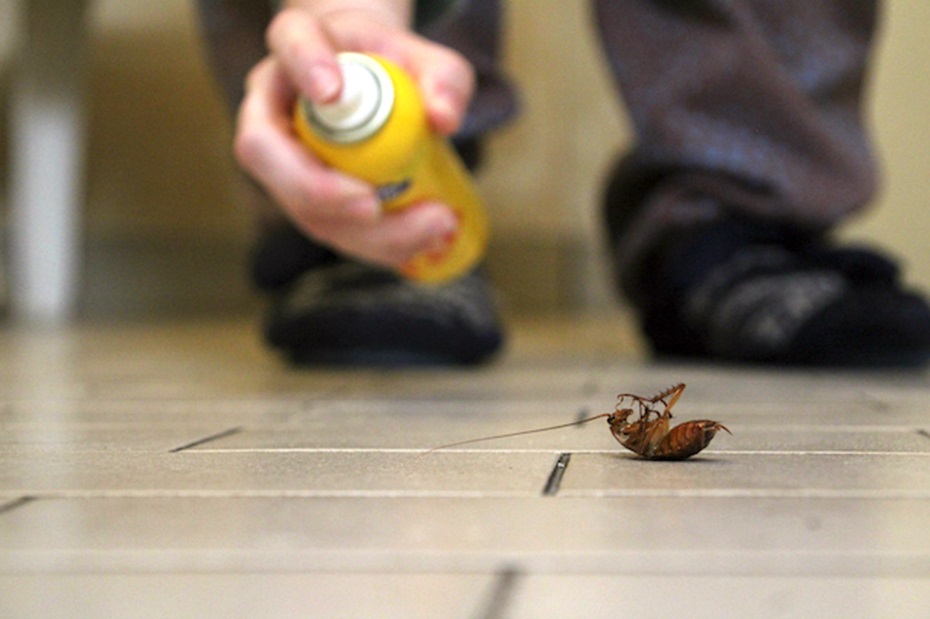
As winter rolls around, pests are more likely to find their way into your home. With the colder temperatures comes an increase in pests looking for warm shelter and food sources. In the UK, there are a few common winter pests that you should look out for. It is important to be aware of these pests so that you can take steps to protect your home from unwanted visitors this winter.
Mice and rats
Mice and rats are two of the most common winter pests in homes across the UK. As temperatures drop, they look for warmth and shelter indoors. Mice and rats can enter through small openings in walls or floors and damaged window screens or open doors and windows. They typically nest in attics, basements, and other dark places where they can easily hide from humans. Both mice and rats can spread diseases, contaminate food supplies, damage property, and chew through wires, posing a fire hazard.
To prevent mice and rats from entering your home during the winter months, it is important to seal any cracks or openings around pipes or other potential entry points using steel wool or a caulking compound. Additionally, you should keep all food stored in airtight containers or inside refrigerators to avoid attracting these pests to your home.
Cockroaches
Another common winter pest found in homes across the UK is cockroaches. Cockroaches tend to move indoors during colder weather because they need warmth to survive. They typically enter through cracks or crevices around windowsills and doors but can also gain access through drains or vents if left open too long during cold weather. Cockroaches are known to spread disease due to their habit of travelling over unclean surfaces, such as trash cans, before entering a dwelling space.
To eliminate cockroach infestations, it is important to clean all areas with minimal clutter; seal any potential entry points; use sticky traps; vacuum regularly; and use baits near potential nesting sites like behind furniture or under sinks where possible.
Bedbugs
Bedbugs are another type of pest that can be found during colder months when they move indoors in search of warmth and humidity levels similar to those found outside during summer months when bedbugs breed most commonly outdoors on plants such as grasses or shrubs near human dwellings like houses or apartments buildings etc. Bedbugs feed on blood, making them particularly difficult to get rid of once they have entered a dwelling space since they have multiple hiding places throughout mattresses, seams, curtains, carpets, furniture, fabrics, etc.
To prevent bedbug infestations, it is important to do regular vacuuming cleaning and treat mattresses, furniture carpets, etc., with specialized insecticides designed specifically for bedbug control purposes.











